Key points of vegetable planting techniques and pest control measures in greenhouse
Abstract: after the application of greenhouse vegetable planting technology, people can eat the vegetables they need regardless of season. With the development of market demand, the research focus of greenhouse vegetable planting technology is no longer how to improve vegetable yield, but how to improve the quality of vegetables, such as organic and inorganic vegetable planting technology. The planting techniques of vegetables in greenhouse were analyzed, and the prevention and control measures of diseases and insect pests were discussed in order to promote the development of vegetable industry in greenhouse.
With the development of scientific skills and the progress of people's living standards, greenhouse vegetable training skills have been widely used, which can not only ensure that people eat out-of-season vegetables, but also improve the output value and quality of vegetables. However, in greenhouse vegetable culture, diseases and insect pests still exist, and it is the most important threat, therefore, it is necessary to adopt useful prevention and control measures to reduce or avoid the damage of diseases and insect pests to greenhouse vegetables.
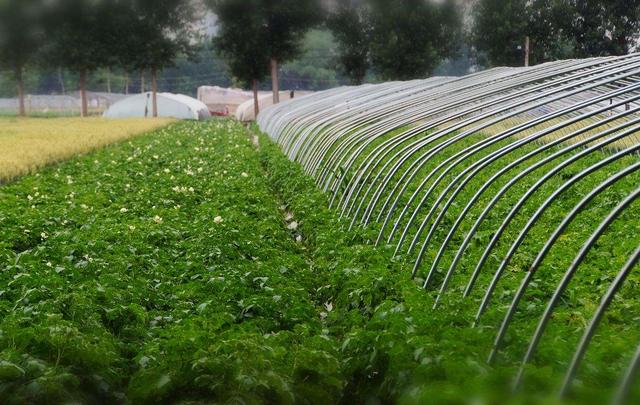
1 training skills of vegetables in greenhouse
1.1 cultivation skills of pollution-free vegetables in greenhouse
At present, one of the hot topics in the research on vegetable training skills in greenhouse is to use greenhouse to cultivate pollution-free vegetables. Before cultivating pollution-free vegetables in the greenhouse, first of all, the types of pollution-free vegetables to be planted need to be selected according to the geological conditions of the culture site, and the prevention and control of diseases and insect pests should also be fully considered. it is best to select vegetables with strong insect resistance, for example, tomato Zhongza 9 and so on. Secondly, set up a greenhouse to choose flat land as far as possible, and make basic treatment, such as flood irrigation and so on. Third, after the completion of the greenhouse, the need for useful disinfection, turn over flat land, turn over the depth of more than 1 m, to ensure excellent air permeability. In addition, there will be exposure to the sun and high temperatures. In the end, the selected fertilizers are generally organic fertilizers and important plant nutrient glue, and strictly control the use of chemical fertilizers.
1.2 training skills of organic vegetables in greenhouse
Greenhouse organic vegetable training skills are based on the principles of natural ecology, the use of advanced agricultural skills, put an end to the use of pesticides and chemical fertilizers, harmonious and balanced training, but also need to be certified by organic organizations in order to enter the market. When selecting vegetable seedlings, it is necessary to ensure that the seedlings do not have genetically modified ingredients, have not been treated with any taboos, and have a strong ability to resist diseases and insect pests.
When choosing the location of the greenhouse, there are also very strict requirements. The organic vegetable cultivation greenhouse needs to be intact, and it should be distinguished from the conventional cultivation plots. If the conventional cultivation plots want to be transformed into organic culture sites, it needs to be processed for at least 2 years.
When planting, it is necessary to carry out cleaning work and crop rotation, and make full use of natural conditions and advanced planting skills to improve the output value and quality of vegetables. The choice of fertilizer is usually organic.
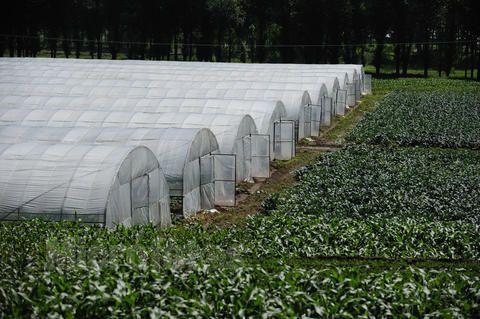
(2) Prevention and control of vegetable diseases and insect pests in greenhouse
2.1 Ecological control
Due to the influence of geographical location and climate in Xinjiang, the process of cultivating vegetables in greenhouse simply led to the problems of high humidity and high temperature in the greenhouse, which promoted the growth of aphids, whitefly and other pests. Generally speaking, the acidic environment is conducive to the livelihood of most bacteria and viruses, so it is possible to control diseases and insect pests through ecological regulation. Some alkaline substances can be sprayed on the leaves of vegetables in the greenhouse, such as plant ash to help control aphids. In addition, it is necessary to adhere to the sealing of the greenhouse at a certain time, especially using the characteristics of high noon temperature in Xinjiang, so that the greenhouse is closed, and then greatly increase the temperature in the greenhouse, and then open the greenhouse after a period of time, which is helpful to improve the antivirus effect.
2.2 Agricultural control
First, select the excellent species with strong disease resistance. Second, strengthen the cultivation of disease-free and insect-free seedlings. Before cultivating vegetables, they should be dried and disinfected, and grafting skills should be selected. Third, raise seedlings in different places. In the fields where there are no cultivated vegetables, the seedlings are raised in different places to avoid the occurrence of diseases and insect pests in the seedling stage. Fourth, colonization with medicine. Before the planting of vegetable wheat seedlings in the greenhouse, spray pesticides on the wheat seedlings, and abandon the weak seedlings and diseased seedlings to ensure that the wheat seedlings planted in the greenhouse are healthy and disease-free, and improve the prevention and control of diseases and insect pests.
2.3 physical control
The adoption of reasonable and scientific physical control methods can effectively prevent and control the outbreak of diseases and insect pests in the shed. Can choose color plate, insecticidal lamp and color paper, but also can combine the form of microwave insecticidal and ozone, make full use of electronic pest and pest prevention instrument to kill all kinds of insect pests and germs in the shed.
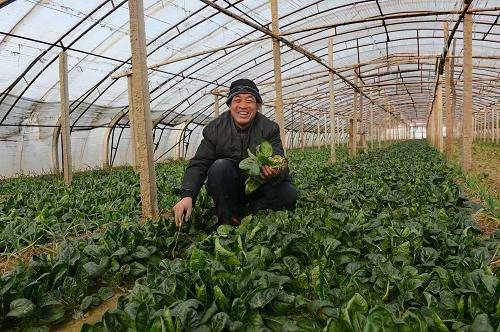
24 biological control
Biological control mainly refers to the use of the coexistence of oxidized organisms to maintain vegetables in the greenhouse, the use of natural enemies of insect disasters to resist insect disasters, and adhere to the ecological balance in the greenhouse under the premise of maintaining natural enemies. For example, fertilizers are applied during the cultivation of vegetables in the greenhouse, and natural enemies such as Ji Feng are used to provide an outstanding growth environment for vegetables in the greenhouse. Of course, the hunting and killing of protected animals in the natural world is prohibited. In addition, if you can use some information containing copper, you must control the amount of transportation, such as square vinegar, plant preparations, etc., so as to effectively prevent and control vegetable diseases and insect pests.
In a word, with the development of scientific skills, greenhouse vegetable training skills are constantly discussed and updated. With the extensive application and implementation of vegetable training skills in greenhouse, the output value and quality of vegetables in Xinjiang have been improved to a great extent. In order to give full play to greenhouse skills in vegetable training, trainers need to fully consider the situation of greenhouse vegetable cultivation in Xinjiang, pay attention to all aspects of greenhouse vegetable cultivation, and effectively prevent diseases and insect pests. Provide an outstanding growth environment for greenhouse vegetables.
- Prev
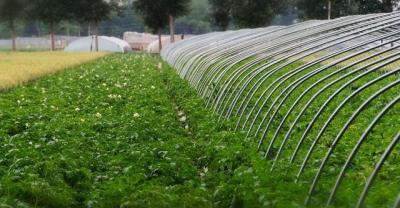
Planting techniques of potted vegetables the planting method of potted asparagus
The substrate of the flowerpot is full and four shallow trenches about one centimeter deep are pressed with square wood. Soak the seeds of asparagus that have been germinated and sow them into the ditch. The coverage is large.
- Next
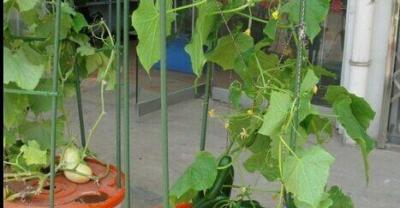
Several kinds of vegetables that dogs can't eat, how many have you fed?
Vegetables are a good thing for people, which are rich in vitamins and are very helpful to the resistance of the body and balanced nutrition. Yeah, dogs.
Related
- Where is it suitable to grow horseradish in China? it is expected to see the middle altitude horseradish in Alishan.
- How to prevent tomato virus disease reasonably? (Control methods included)
- Many people like to plant towel gourd on the balcony. What are the main points of this method and management?
- What crops can chili peppers be mixed with?
- Fertilization techniques and matters needing attention in Tomato
- What are the grafting techniques for peach seedlings in spring?
- Harm and control methods of root swelling disease of Chinese cabbage
- What are the pests of sweet potatoes? How to prevent and cure it?
- Symptoms, causes and Control methods of navel Rot in Tomato
- The cause of "Cucumber rotten bibcock" in Farmers' planting Cucumber and its Control Plan

